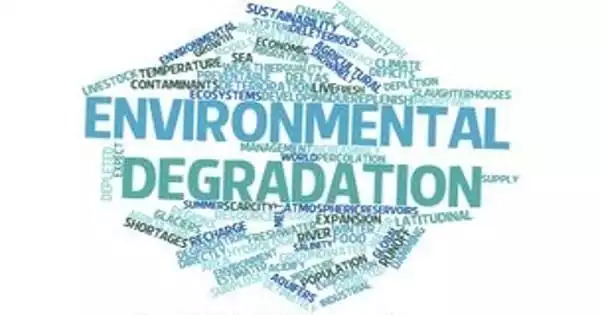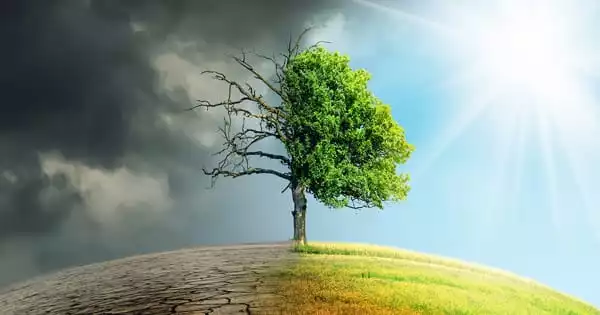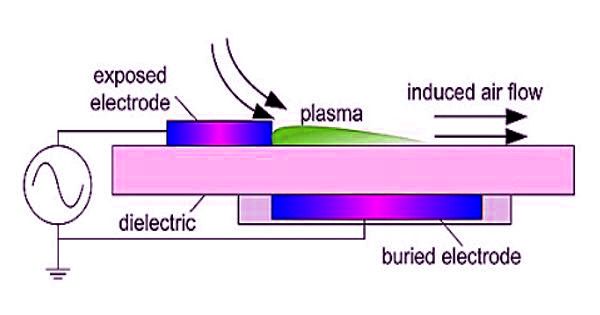Many causes contribute to the steady destruction of the environment. There are three primary types of environmental degradation. There are three of them: land degradation (also known as soil degradation), water degradation, and air degradation. The destruction of these three habitats has a significant impact on the global climate and living circumstances. All environmental components are interdependent, and the influence or deterioration of one kind causes the breakdown of the others in nature.
Human exploitation is the primary source of environmental degradation. Although nature has its own method of degrading the environment, it also renews it, making it more hospitable to various life forms. Human impact, on the other hand, has had a quick and negative impact on the environment, and recovery cannot keep up with the rate of degradation. Environmental issues such as climate change, global warming, and thermal pollution necessitate environmental safeguards.
Types of Environmental Degradation –
- Land and soil degradation
The soil provides a growing medium for a variety of plant types. It also serves as a home for a variety of animals and microbes that contribute significantly to the ecological balance. Soil degradation due to bad farming techniques, excessive use of fertilizers and pesticides, landfill leaks, and so on.
When the composition of the soil is contaminated as a result of the disposal of hazardous waste or the usage of chemicals, the organisms that rely on the soil for nutrition suffer. The environmental impact of soil contamination or land pollution is frequently overlooked in comparison to other types of pollution.
- Water degradation
Water degradation or pollution is mostly caused by the release of toxic elements into bodies of water, rendering them unfit for use by animals or humans. Water pollution from trash dumped in oceans, illegal dumping, pouring significant volumes of industrial waste into surrounding rivers or lakes, and so on.
A moving body of water is an extremely effective waste disposal method. This is the norm for those who live near bodies of water. This can be seen in numerous cities’ drainage and sewage systems. Many companies dump their wastes into several rivers and lakes, which are also major contributors of water pollution.
- Atmospheric degradation
Air pollution causes atmospheric degradation, which is the primary contributor to environmental challenges such as global warming and greenhouse gas emissions. This includes air pollution, particle pollution, and ozone layer depletion.
Increased air pollution has resulted in health and environmental issues all around the world. The impact of air pollution creates a domino effect, triggering the collapse of adjacent ecosystems.
- Several other kinds of pollution
A variety of natural mechanisms contribute to environmental degradation. Volcanic eruptions, for example, can degrade the atmosphere and land on a vast scale. Aside from land, water, and air deterioration, there are numerous additional types of pollution that contribute to environmental degradation, such as noise and light pollution.
Furthermore, natural disasters such as floods, earthquakes, wildfires, and storms can all have a negative impact on the ecosystem. Most critically, the living population is in disarray as a result of these different environmental degradations.
Aside from the contaminants listed above, there are several others that are a major source of environmental degradation. The increased production of radioactive waste causes nuclear contamination, nuclear pollution, light pollution, and additional noise pollution. Other factors, such as deforestation, are also contributing to a deteriorating environment.
















